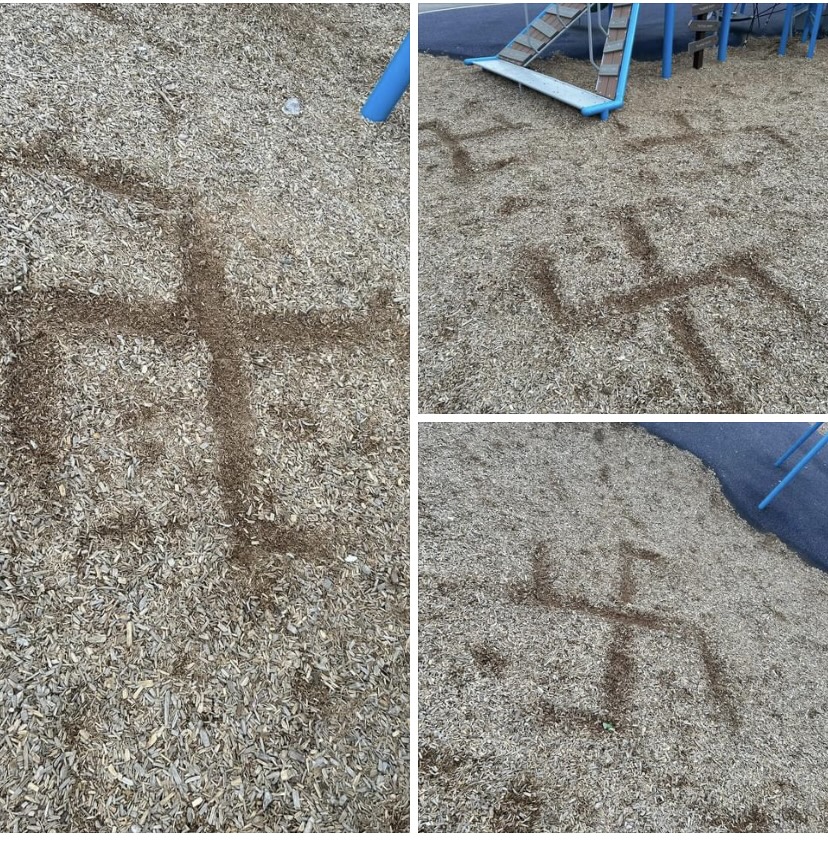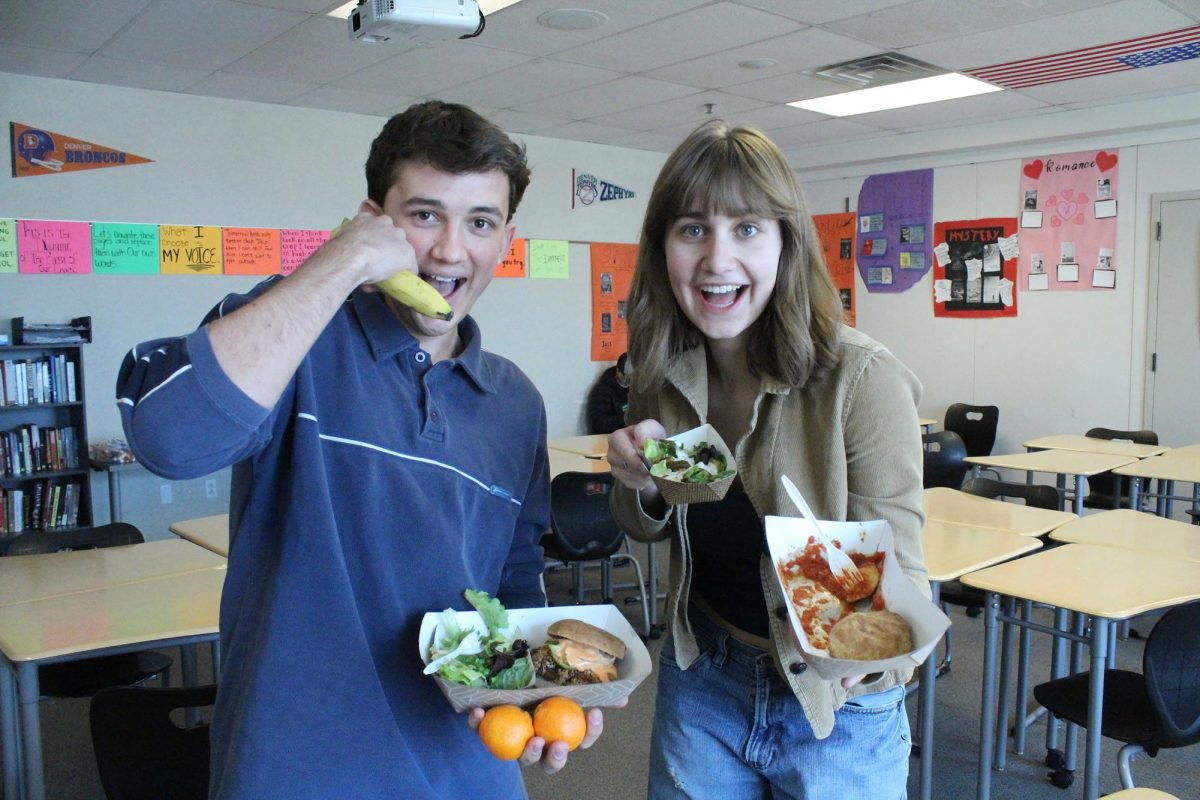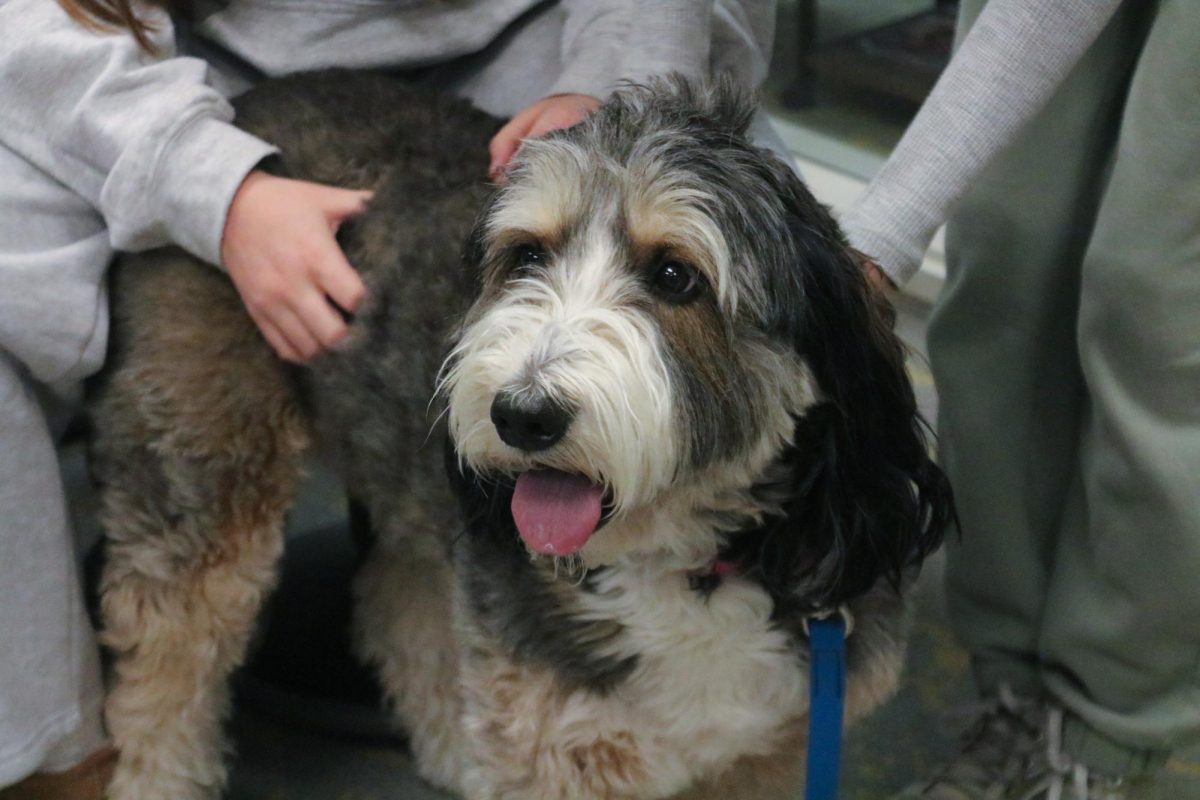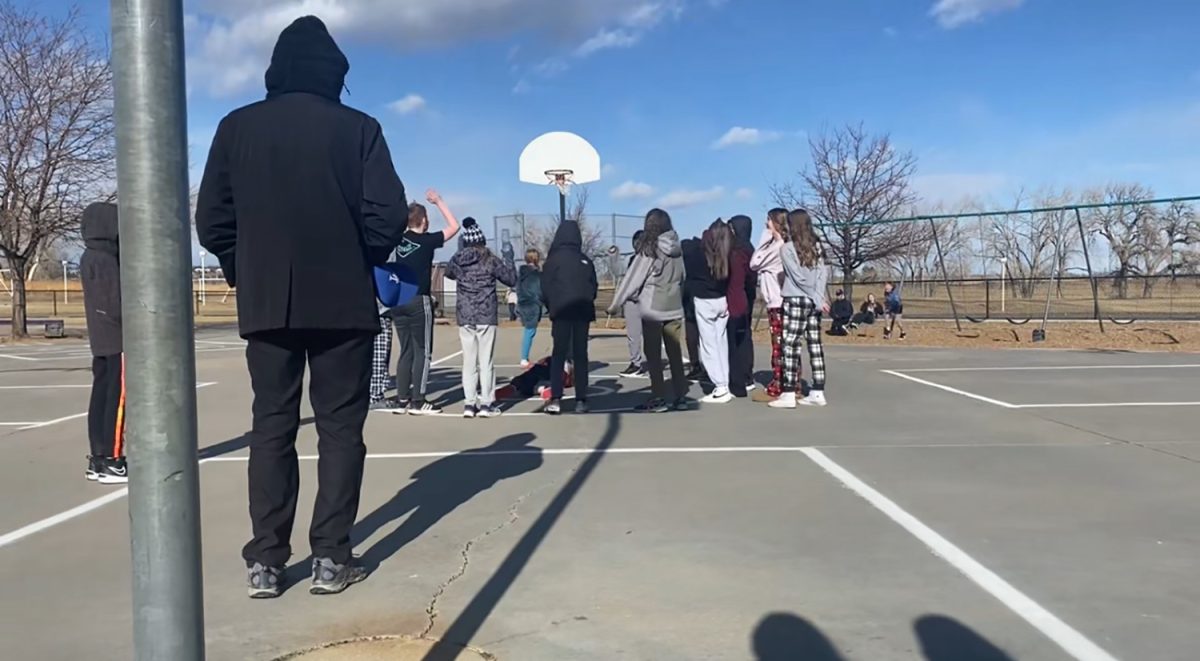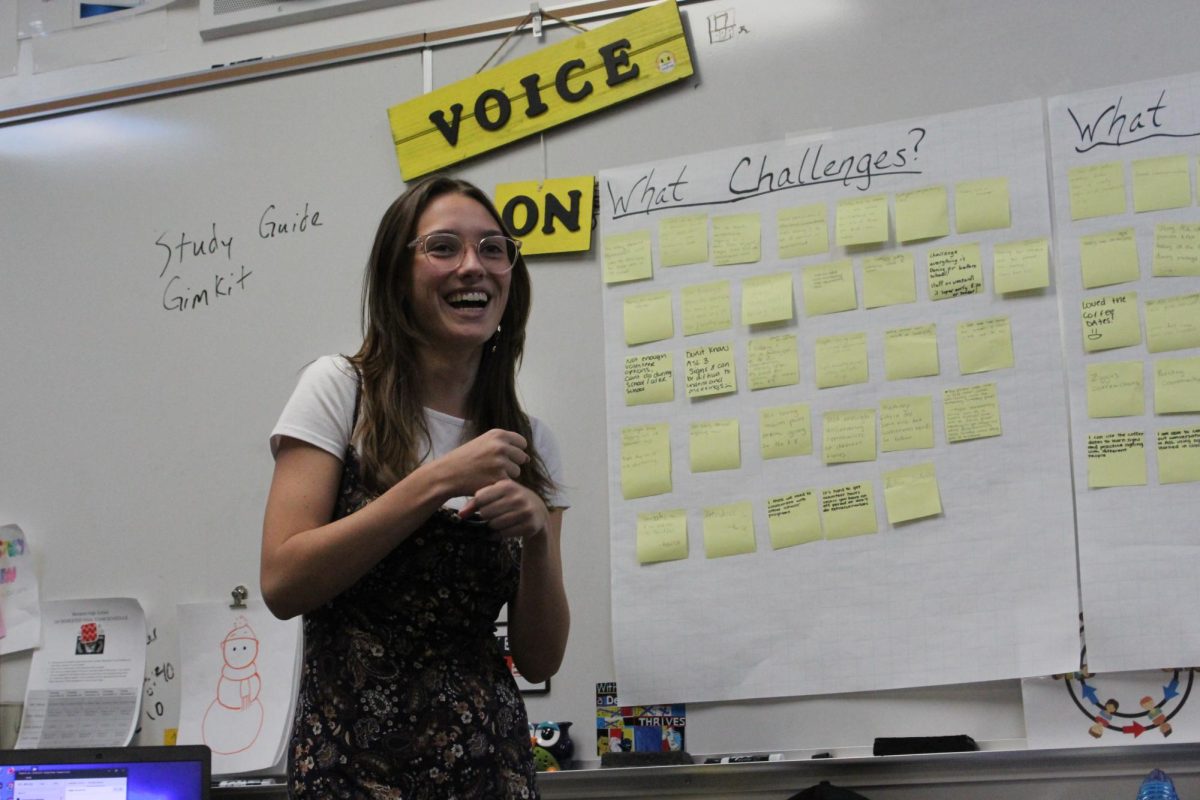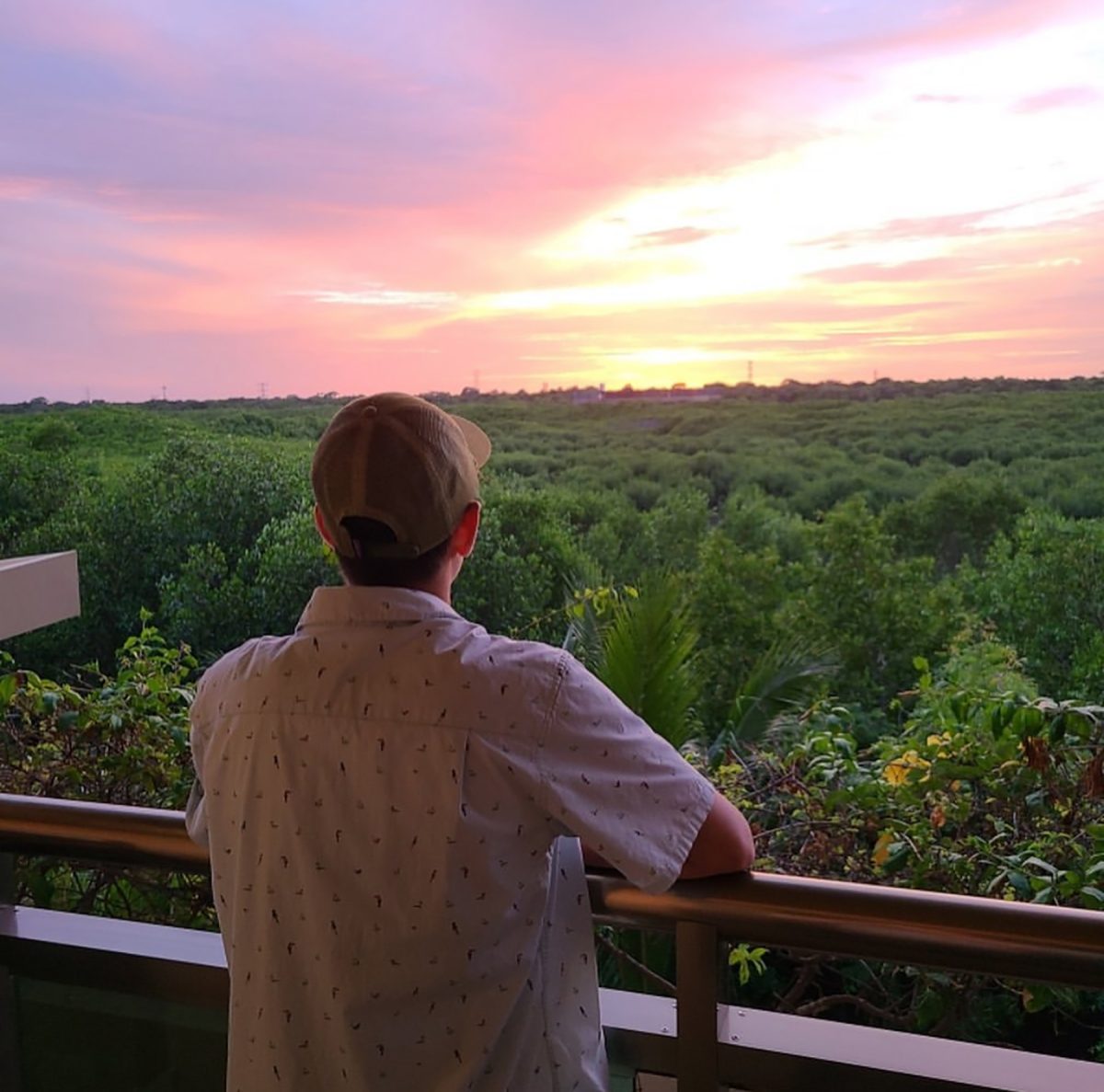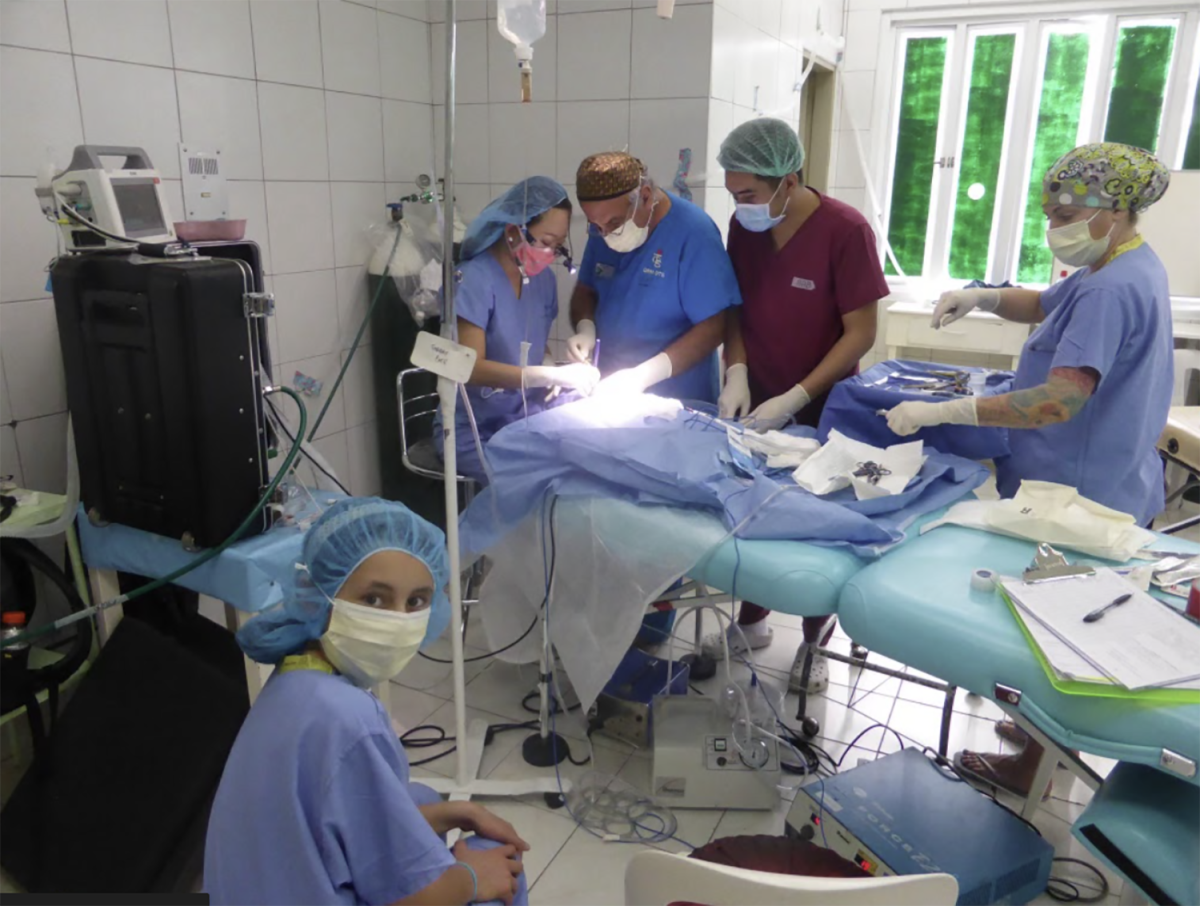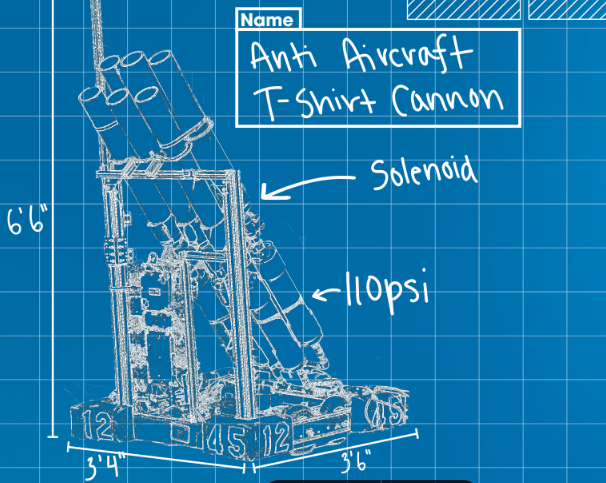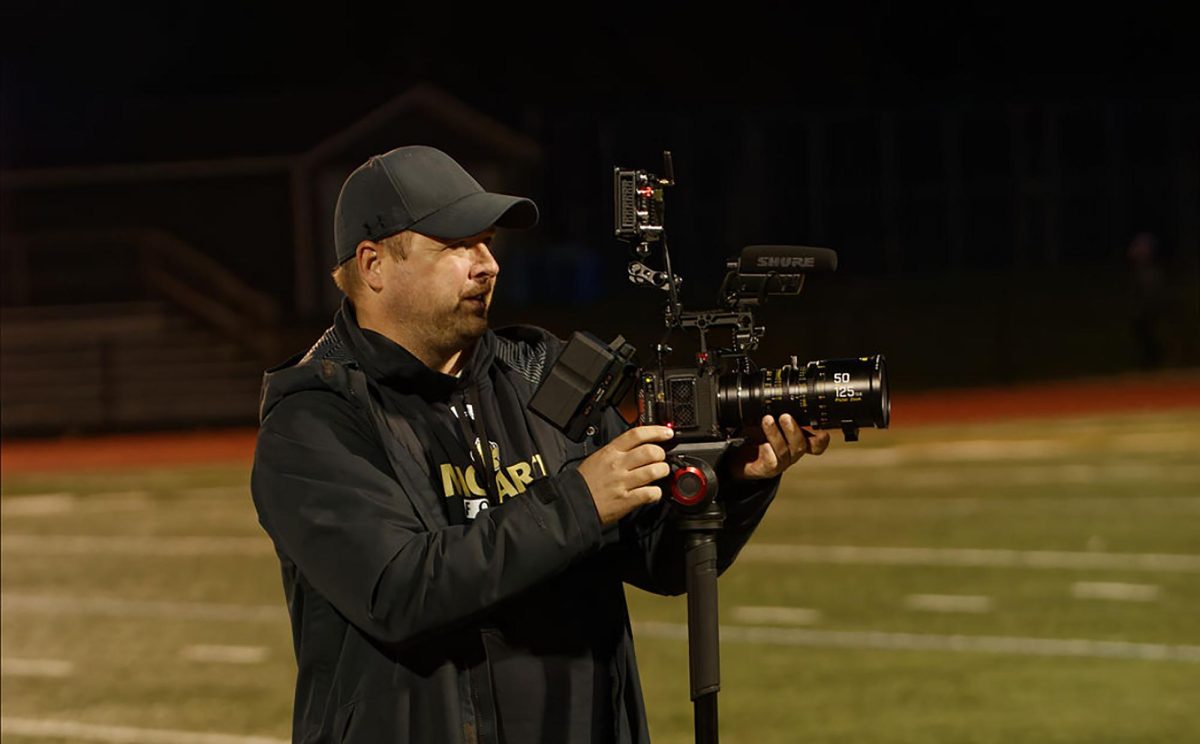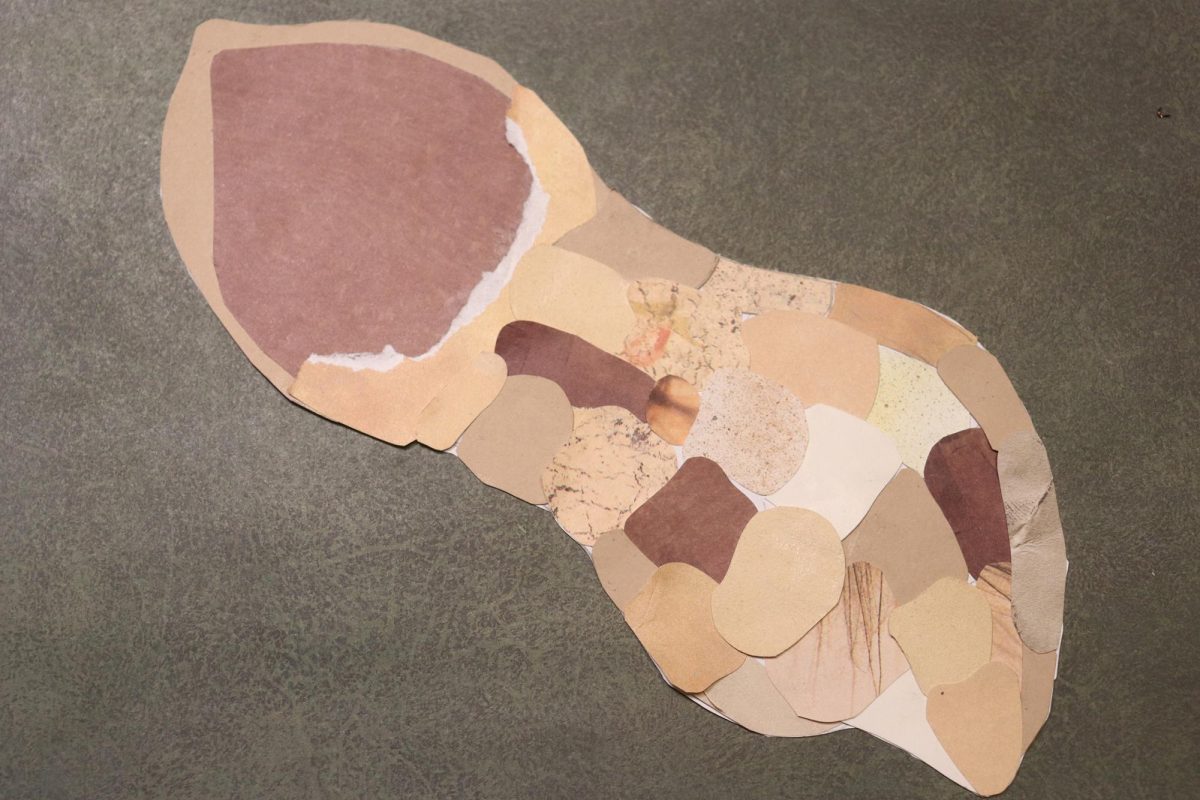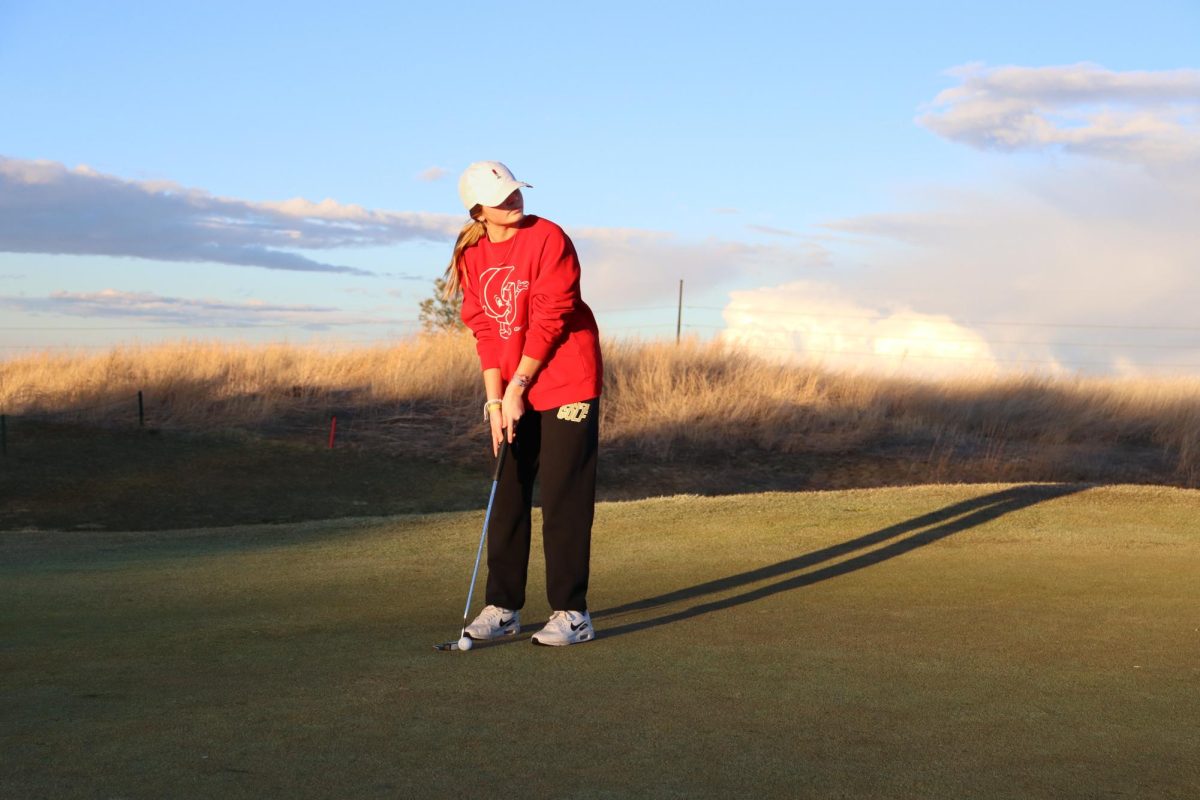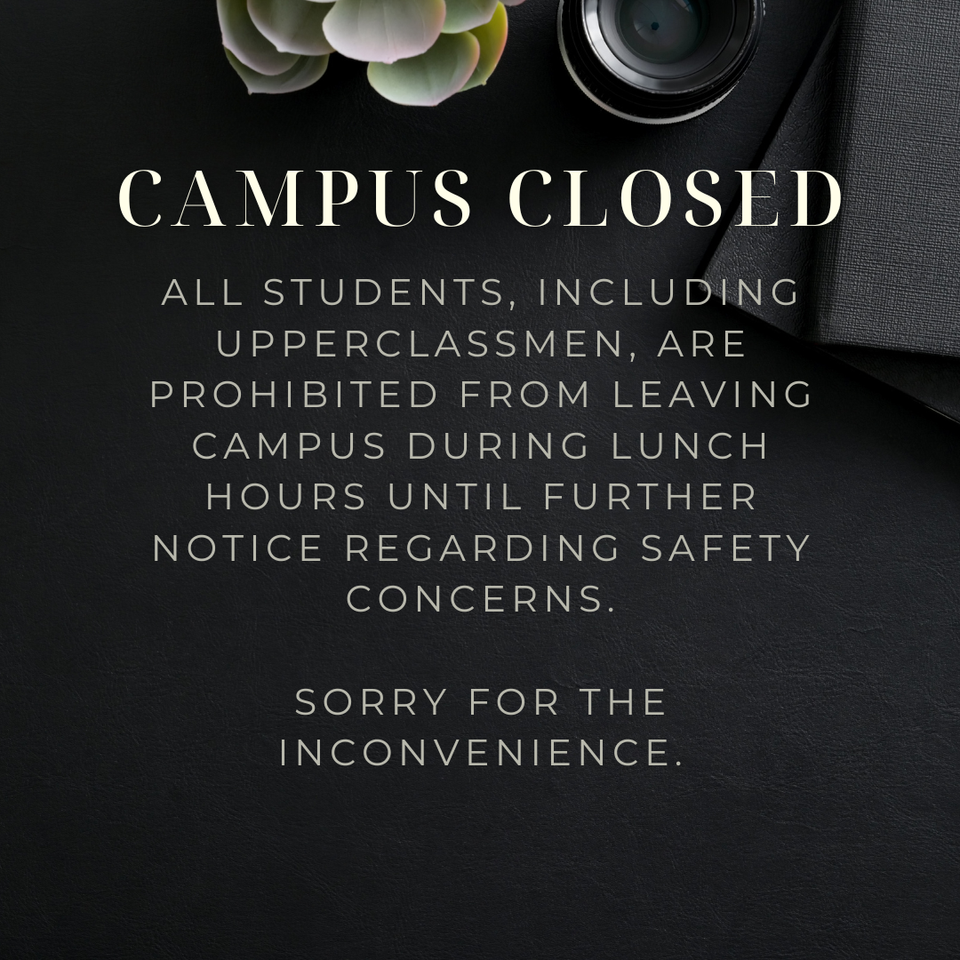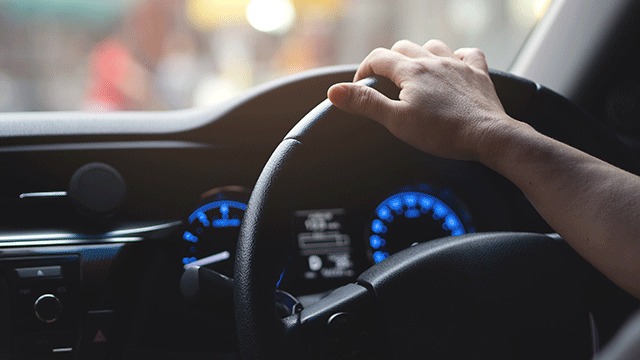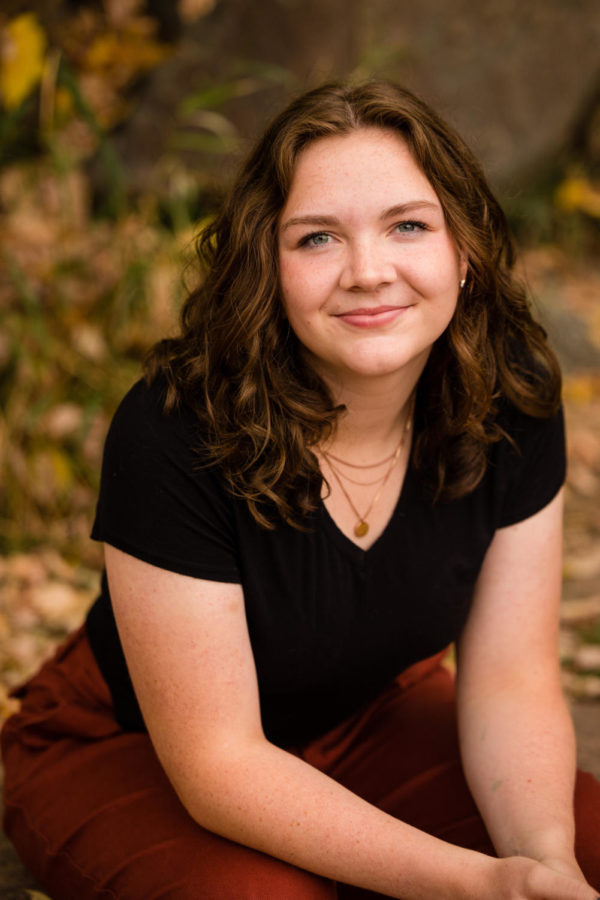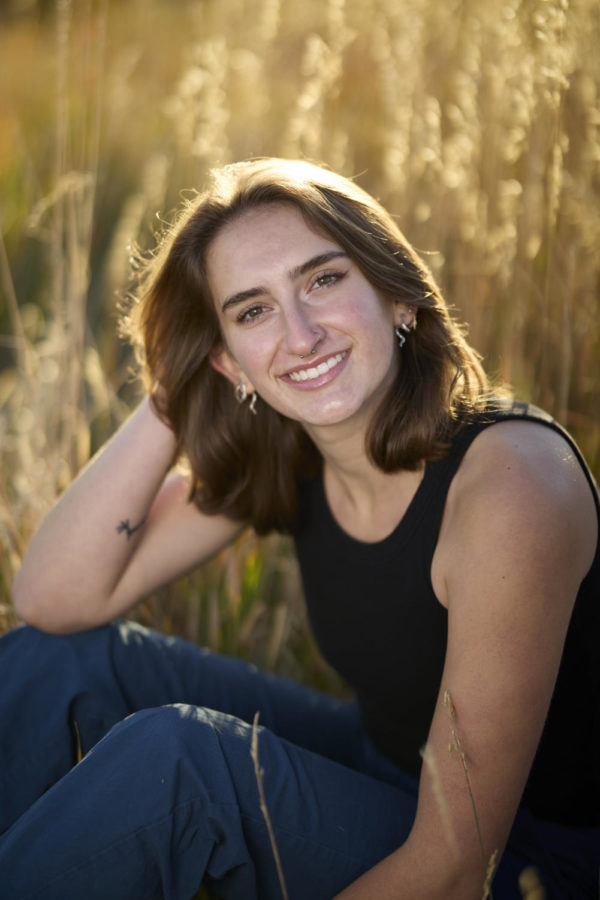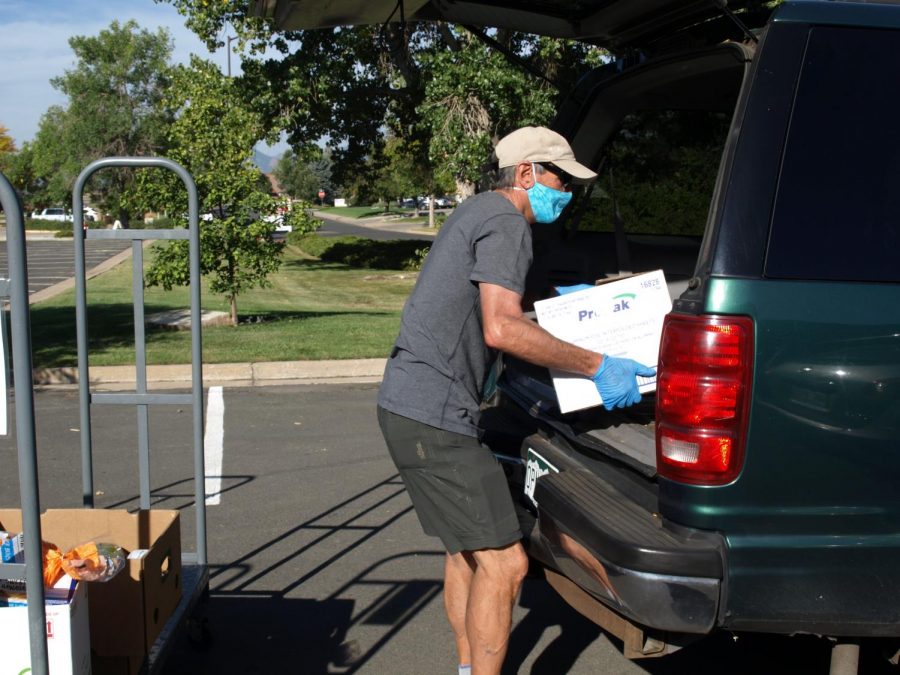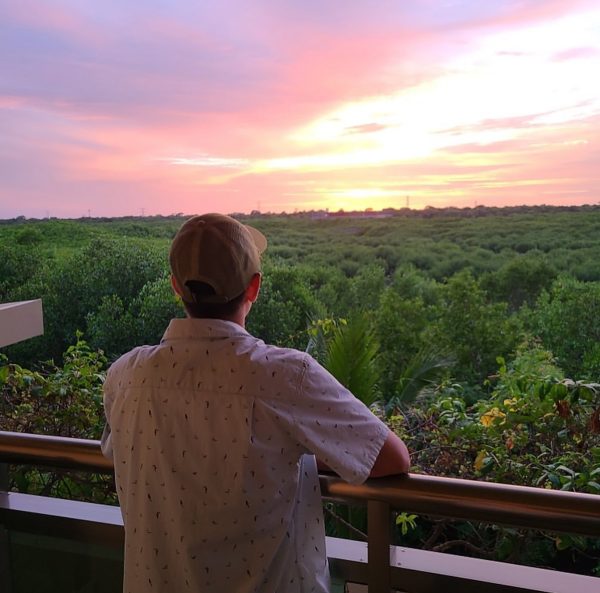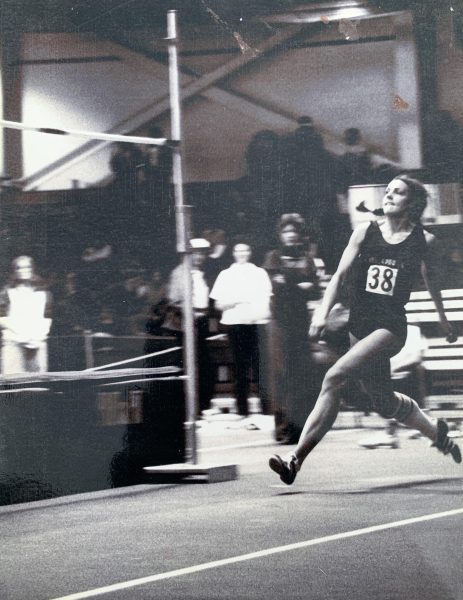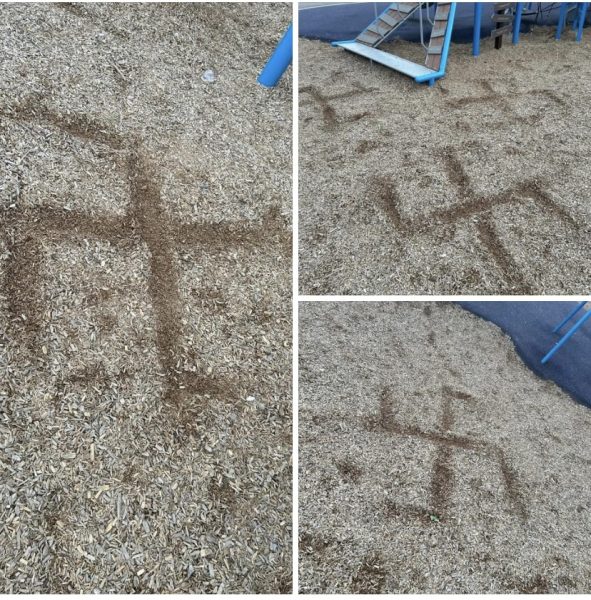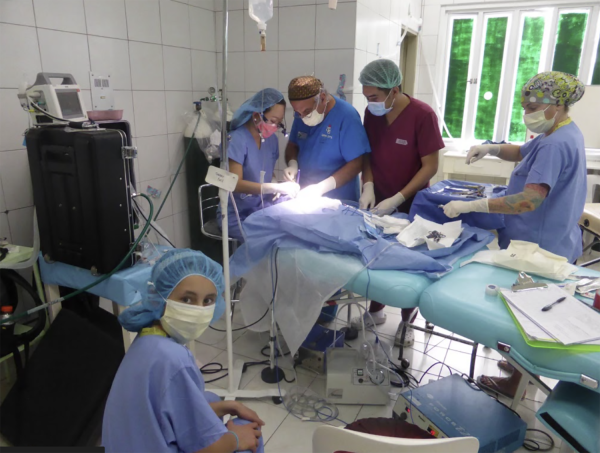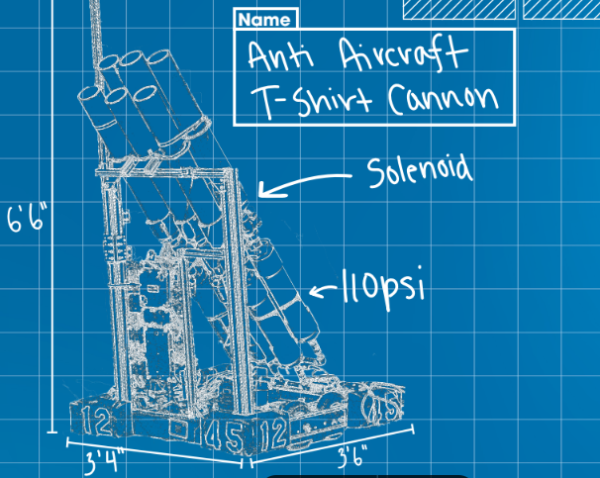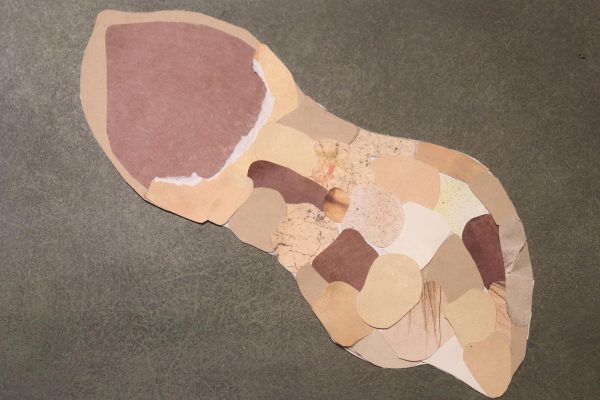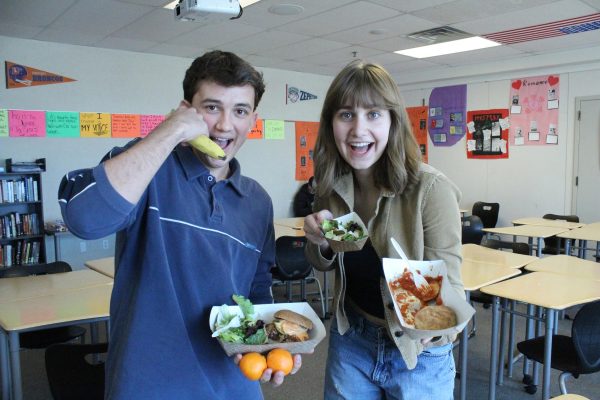On the frontlines of food
Food bank adapts to new life during a pandemic
A volunteer at Community Food Share loads food into the back of a car.
It’s 100 degrees outside. The tar on the pavement is melting in the heat, sticking to the bottom of shoes. The car line snakes out past the parking lot into the street.
Inside the warehouse, people rush to put food into boxes, fill orders, and deliver them to the cars in line. On top of the sweltering heat and brutal work, a mask covers everyone’s face, capturing the heat.
For most, a work day like this is rare, only worked every once in a while when going in to volunteer.
But at Community Food Share, this is what everyday is like.
Community Food Share is one of five food banks in Colorado that provides food to families in need, and they’re right here in Louisville. They are a part of Feeding America, which is a national food bank network with over 200 food banks across the country, covering every single county in America.
“Our goal and mission are one in the same,” Kim Da Silva, Executive Director of Community Food Share, said. “We want to eliminate hunger in Boulder and Broomfield counties.”
Community Food Share distributes food to multiple counties, as well as other non-profit organizations they work with.
“We provide free food to a whole bunch of other partner agencies, who are then able to provide other resources into the community,” Shana Waldman, the Volunteer Coordinator of Community Food Share, said. “We have about 41 partner agencies, we partner with various organizations throughout the communities that provide other services as well, such as housing or job help, or shelters for folks who’ve experienced domestic violence.”
More than 40,000 people benefit from Community Food Share. Of course, since COVID-19 hit, Community Food Share has changed the way they function in order to meet COVID regulations.
“We were doing direct food distribution to individuals. They came into the facility and shopped for the items they needed, similar to what you would do in a grocery store,” Da Silva said.
“People came in, they got a grocery cart, they got all of the food they needed, and then they were able to go on their way.”
Now, COVID regulations restrict how many people can be in a building at once while maintaining a safe distance from one another. Community Food Share’s original shopping center layout had numerous high contact areas. Because of this, the board and staff decided they needed a safer design.
“Luckily we were deemed an essential service under Governor [Jared] Polis, so we did not have to close our operations as many businesses did,” Da Silva said. “He saw right away that the basic needs and giving basic needs out to individuals was something that was essential, and even more essential during this time.”
Community Food Share had very little time to remodel their operations, as they couldn’t close and leave families scrambling for food.
“We completely changed to drive-thru distributions, pretty much overnight with no prep time,” Debbie Hodge, a volunteer and board member of Community Food Share, said. “We started out where we would take pallets of food out into the parking lot and people would literally drive through, and we would put food in their car.”
However, the staff realized within days that this system wasn’t realistic to continue. It was too much to swap out pallets with cars driving through and volunteers running around, and it wasn’t ideal to have food sitting out in the sun.
“So, what we ended up doing was restaging the floor in the warehouse where people used to come in to shop, with all these food pallets, and we pack the food onto a cart and then just take the cart out to the cars.” Hodge said.
Along with having to change their operations, Community Food Share faced another challenge with COVID–getting their food.
“The largest way that we get food is through donations from grocery stores,” Waldman said. “Community Food Share partners with a whole bunch of grocery stores all over the Boulder/Broomfield area like Target and Walmart, Trader Joe’s, Costco, places like that.”
About 90% of the food that is distributed through Community Food Share is donated from grocery stores. When COVID hit, supply chains were disrupted with people preparing for the shutdown.
“Shelves were being cleared out,” Da Silva said, “and when that’s happening, it means food isn’t being donated to places like Community Food Share.”
With such a considerable drop in donations, Community Food Share was forced to purchase more food on their own to help balance out the loss.
“Between March and July of 2019, we purchased about three truckloads of food, and [in the same time period] of 2020, we purchased 21 truckloads of food,” Da Silva said.
Ordering all this food came with another issue: balancing out the budget. Considering the average cost of one truckload of food was $25,000, and the amount of food Community Food Share ordered increased by 600%. The budget was skyrocketing.
“At the beginning, I was worried not only for the general public and the stress and fright that was taking over our country, but for those who can’t afford to purchase the food and essentials they need,” Da Silva said.
While grocery store donations were dropping, the need for food was increasing by about 35%, and the volume of people coming to the distribution center was higher in the first few months of COVID than ever before.
“Since March 2020, we haven’t had a month that we’ve distributed less than 1 million pounds of food. And in April, we distributed the largest amount of food in a month that Community Food Share has had in our entire 39-year existence,” Da Silva said.
This year, Community Food Share has provided food to more people and programs than any other year, and due to COVID, more people have needed the services Community Food Share provides.
Some of these places are right here in Boulder Valley, including Boulder Valley School District and University of Colorado. Community Food Share has multiple programs with local schools in which they help provide food for students and staff using free and reduced lunch plans. A mobile food truck arrives on campus and directly distributes food to individuals.
“Since late March, we have supplied [Boulder Valley School District] with over 500,000 pounds of food. We just delivered our largest order yet which topped 32,000 pounds of food.” Adam Deal, the Assistant Director of Operations at Community Food Share said. “It has been a great partnership, and I am so proud of all the work we have done together.”
Through it all, Community Food Share has met every challenge that has been presented to them during the pandemic, including meeting higher distribution demands while cutting back on their volunteers.
“We had to cut our volunteer force down by 45% so that we could allow for individuals to have space between each other,” Da Silva said. “We actually distributed a million pounds more this fiscal year with 45% fewer volunteers than we did the year before.”
With so much increased need, people count on the help and resources that Community Food Share renders. Some families rely heavily on these services, and Hodge says they couldn’t be more thankful for it.
“I think if it were me and I was having to go to a food bank for food, I would feel very uncomfortable doing that. I probably would not be very happy,” she said. “And I’ve always been really surprised by how many people are so friendly and just so happy. They’re happy to see us. They’re grateful that we’re there, and they’re gracious about the whole experience.”

